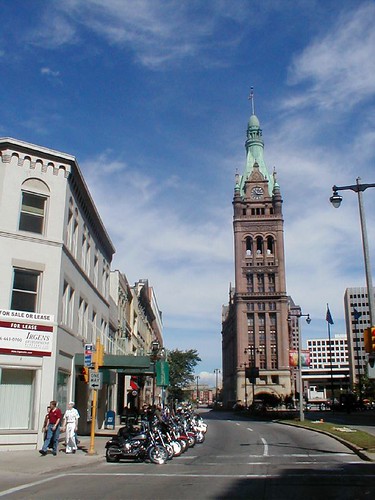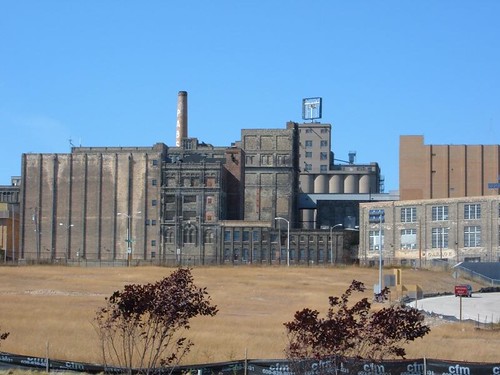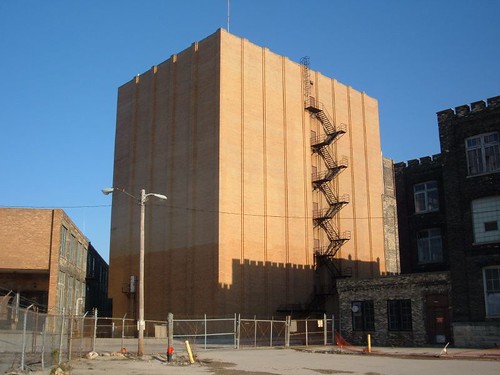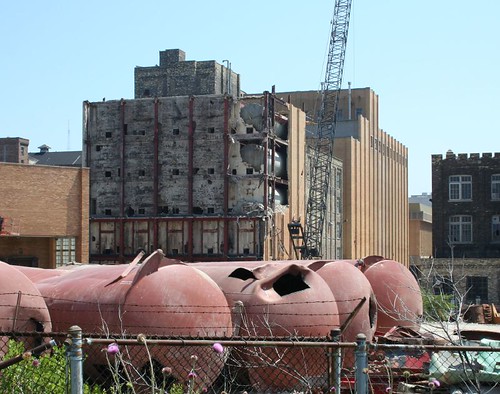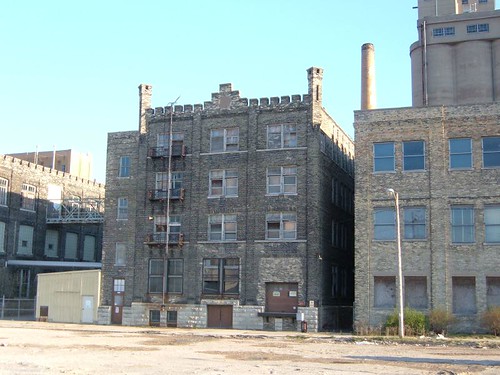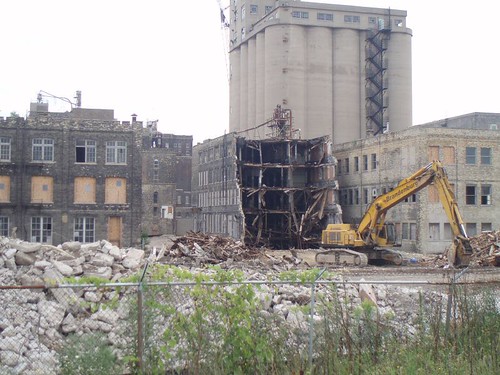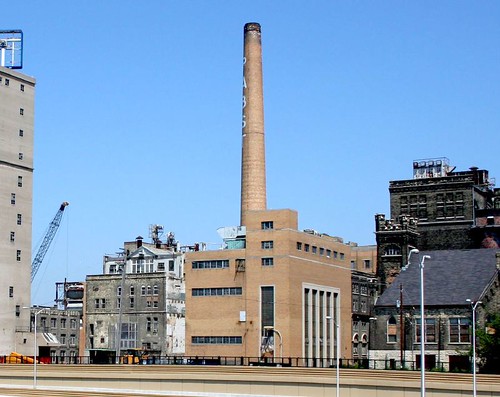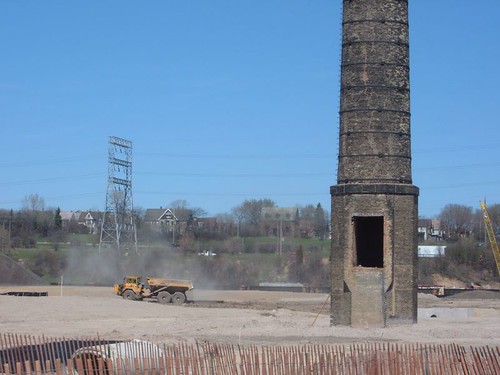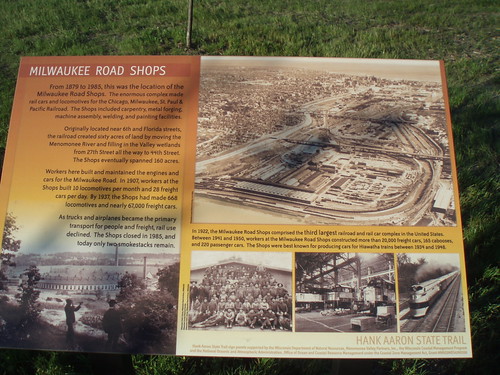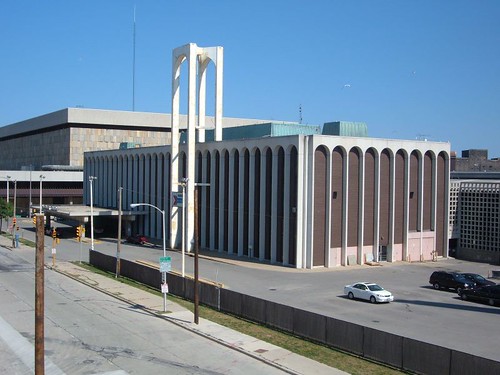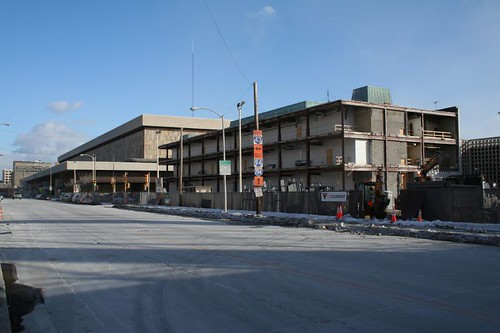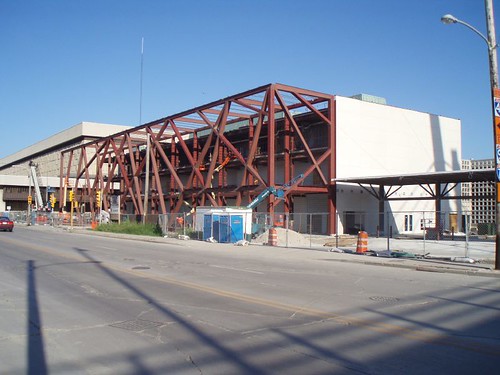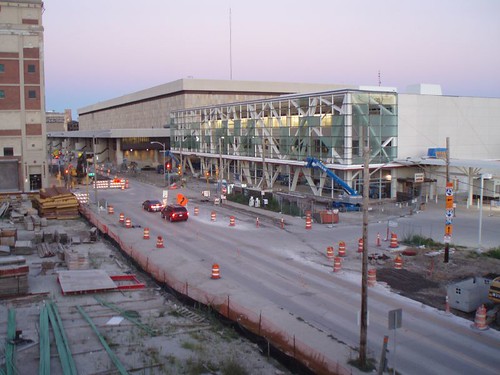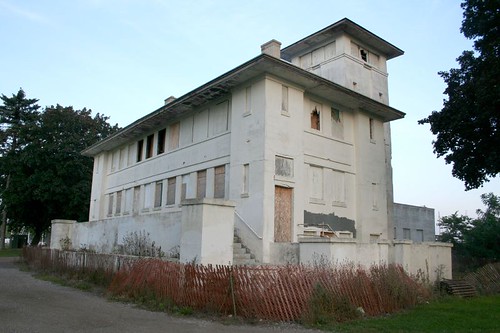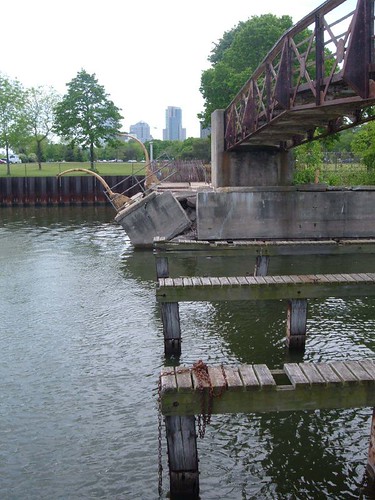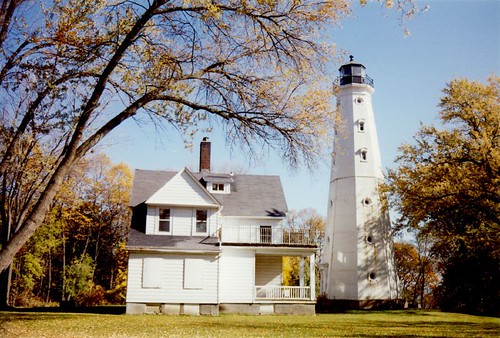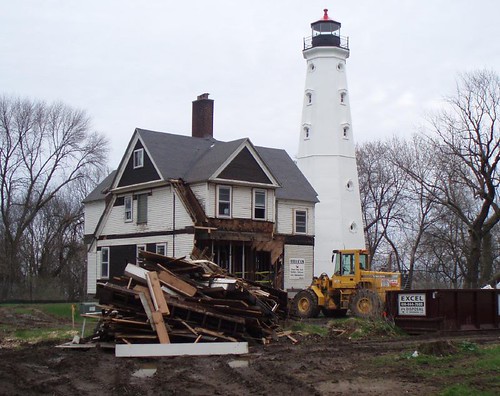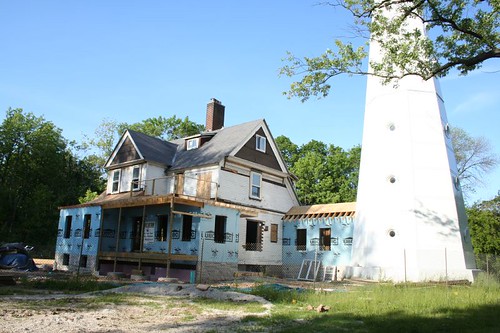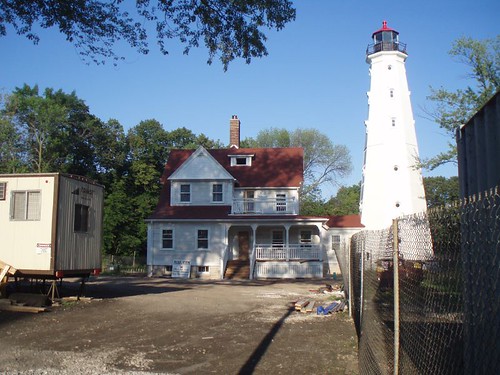Having made a few trips up there, I figure it's time to throw out my two bits' worth on Bay Shore Town Center.

Let me start by saying that, whatever gripes I and others may have, they've really achieved something remarkable here. It's a brand new Main Street, something we haven't built in America in five decades. It does a lot of things right: streetside parking, sidewalks, lots of visual and functional connections between inside and outside, public spaces, mixed uses, a welcoming and inviting atmosphere. There may have been some tactical and strategic blunders along the way, but the people who built this thing were striving to make something a cut above the usual suburban drek of our times, and I really appreciate that.

That said, I have some gripes. Some are easily fixed. Others... well, like I said, this sort of thing hasn't been done for fifty years, so maybe it's inevitable that it'll take a few tries to work out the kinks.
Make no mistake about this place: pedestrian-oriented or not, parking is still king. Parking lots, curbside parking, parking garages, and more parking lots surround and suffuse the place. There is an assumption in place that 100% of customers will arrive by automobile. You can see it in any number of ways.
For example: where the hell are the bike racks?! I surveyed the entire complex and, after much searching, located a grand total of three bike racks in the entire place. One's next to Alterra Coffee, one's kind of tucked off to the side by the central plaza, and one is a battered relic outside the entrance to Trader Joe's, which itself is rather detached from the pedestrian action to the east. Only this last one seems to be placed with the idea that customers using a store might arrive by bicycle.
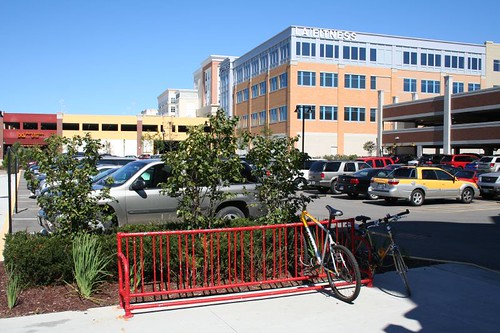
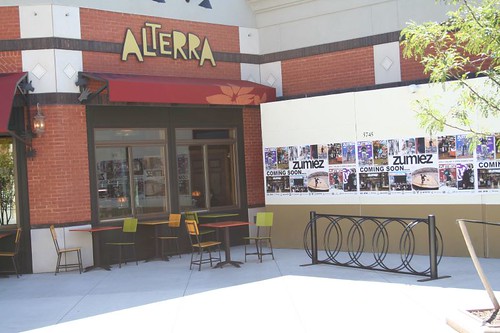
The sidewalks ought to be lined with small M-racks, or the loops that simply bolt onto parking meters. Every major store ought to have a longer set of M-racks. Kohl's certainly has the room for it:

In a complex that's overflowing with parking, the lack of consideration for bicyclists is appalling. This problem could be fixed with relative ease.
For a "town center" based around a Main Street concept, the complex is a bit disconnected from the
actual main commercial artery of Whitefish Bay, Silver Spring Drive. To get from Silver Spring to the heart of BSTC requires navigating a winding road past a minefield of parking lot and garage entrances. It's intimidating on a bike and not much fun in a car.

Winding roads, in fact, seem to be commonplace. It's largely an artifact of working around randomly placed existing buildings. Whatever the cause, it slows traffic down to a pedestrian pace (in such intimate quarters, that's a
good thing), and it gives the commercial portions of the complex a bit of charm they might otherwise lack. To claim the place is without any sense of the past is not really accurate -- the whole thing is very much shaped by the existing mall buildings that have gone up over the past few decades.

On the east side, Bayshore Town Center remains as oblivious as ever to its residential neighbors, facing them with vast parking lots and the backsides of the mall's older buildings. The new exit to the east doesn't even align with the street across from it.

Probably the intention was to have the new street on axis with the central plaza, but a more respectful approach to the existing street grid would have been to align the road with the older street, then curve it as required to bring it onto the desired axis. At the outer edge of the complex, nobody is going to be awe-struck by the axial view past a hundred yards of parking lots.

On the west side, the Center pays proper homage to the nearby roaring interstate -- by turning its back to it, showing little besides parking lots and garages. This is the proper place to load up the sea of parking -- not where the mall abutts an older suburban neighborhood.

As
others have
mentioned, the architecture is largely forgettable -- a mishmash of contemporary commercial (acceptable, not especially interesting) and historical pastiche (corny, depressing), with the sole exception of a snazzy Modernist steakhouse, clad with a stunning contrast of polished flat-cut black stone panels, and random ashlar stone.

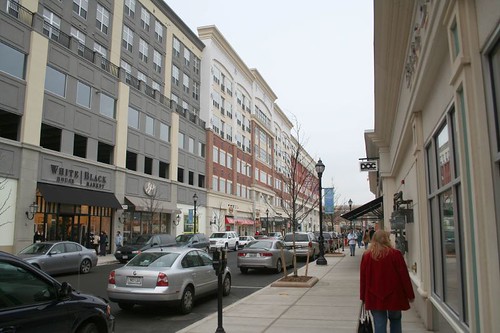
It's not as though the same red brick and EFIS that clad most of the buildings couldn't have been used to more memorable effect. It could have. But the designers or the owners wanted something that would conjure up vague images of an ambiguous historical past, and weren't willing to pay the considerable amounts of money it would take to do it right. That's the thing about contemporary architecture: it's good design adapted to today's building technologies. Do it right and it can be (relatively) affordable and good looking! Try and reproduce....
whatever it is they're trying to reproduce here without using the real materials, the real techniques, the real craftsmanship that went into the original, and you're going to end up with buildings that look like soggy cardboard.
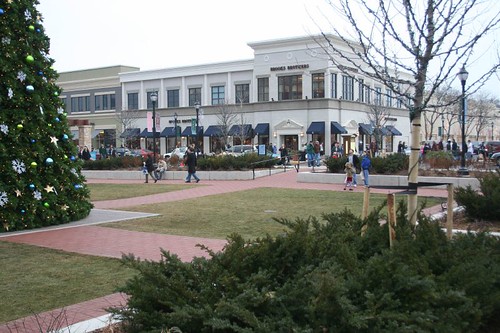
And finally, at times it seems the architects didn't quite leave themselves enough room for all the ugly necessities:

There's also a lack of benches or other places to simply linger, outside of the central plaza.
So. There's lessons for next time. Meanwhile, the revived Bayshore seems to be doing a good business. You go there and you'll find people wandering the sidewalks, mingling,
travelling on foot, even if only for a little while. Given that this is the closet thing we've had to urban expansion in the northern 'burbs, it's hard to find fault with that.
